Roger Federer and Rafael Nadal will square off for the 35th time in the Australian Open final on Sunday. In anticipation of their duel in Melbourne, we look back at the most significant matches they ever played. Here are the Top 10.
The Rafael Nadal-Roger Federer story, as told in 10 classic contests
By Jan 27, 2017The Business of Tennis
Garbiñe Muguruza returns to Madrid as co-tournament director
By Dec 13, 2025Social
Alexandra Eala carries flag for Philippines at 2025 SEA Games
By Dec 12, 20252025 Year In Review
Victoria Mboko and Janice Tjen among players honored by ITF for 2025 breakthroughs
By Dec 12, 20252025 Year In Review
WTA Match of the Year, No. 1: Amanda Anisimova comes of age in Aryna Sabalenka Wimbledon stunner
By Dec 12, 20252025 Year In Review
WTA Match of the Year, No. 2: Victoria Mboko escaped Elena Rybakina, and drove her home fans berserk, in Montreal Cinderella run
By Dec 12, 2025Player News
Retired Rafael Nadal jokingly "withdraws" from 2026 Australian Open after right hand surgery
By Dec 12, 20252025 Year In Review
WTA Player of the Year, No. 1: Aryna Sabalenka
By Dec 12, 20252025 Year In Review
WTA Player of the Year, No. 2: Amanda Anisimova
By Dec 12, 2025Australian Open
Roger Federer to headline “Battle of the World No.1s” at Australian Open’s inaugural Opening Ceremony
By Dec 11, 2025The Rafael Nadal-Roger Federer story, as told in 10 classic contests
Great rivalries are about great matches. Here is the best of the
Published Jan 27, 2017
Advertising
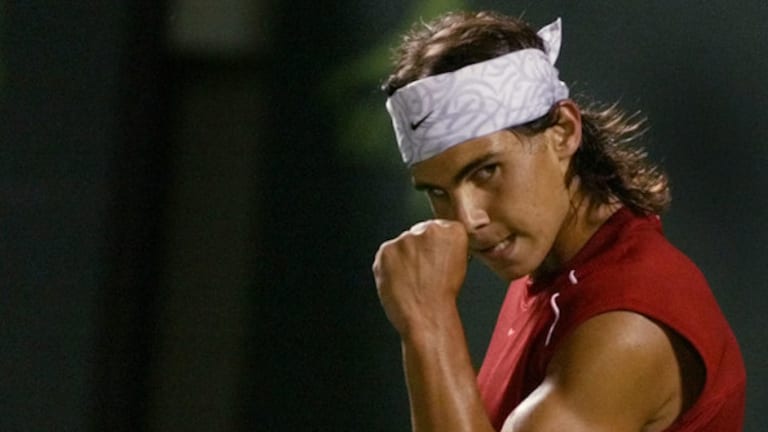
The Rafael Nadal-Roger Federer story, as told in 10 classic contests
© AP2004
Advertising
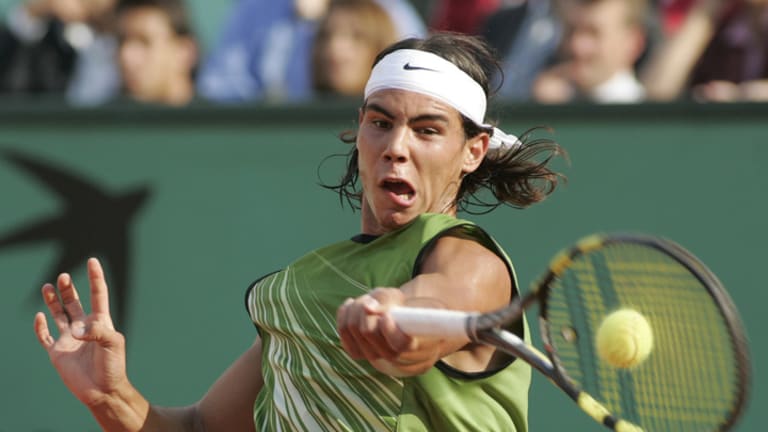
The Rafael Nadal-Roger Federer story, as told in 10 classic contests
© AP
Advertising
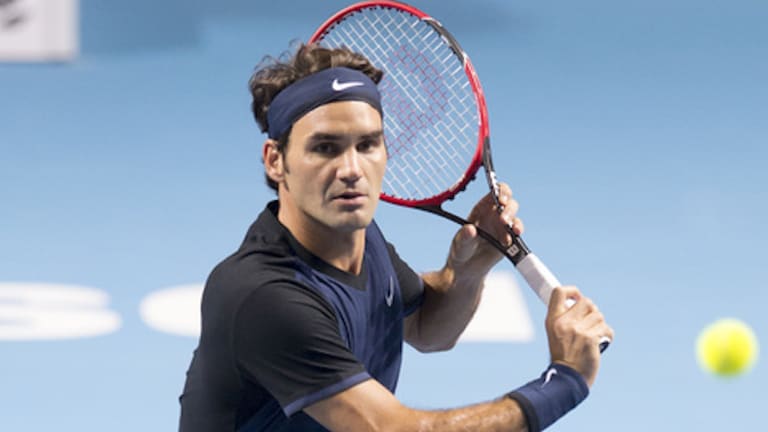
The Rafael Nadal-Roger Federer story, as told in 10 classic contests
© AP
Advertising
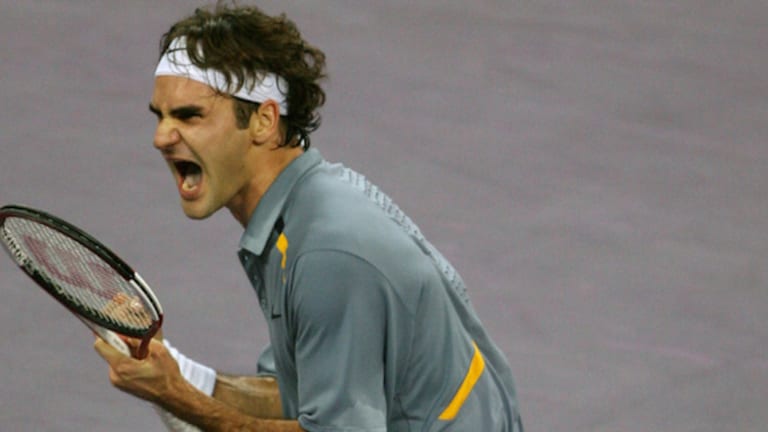
The Rafael Nadal-Roger Federer story, as told in 10 classic contests
© AP
Advertising
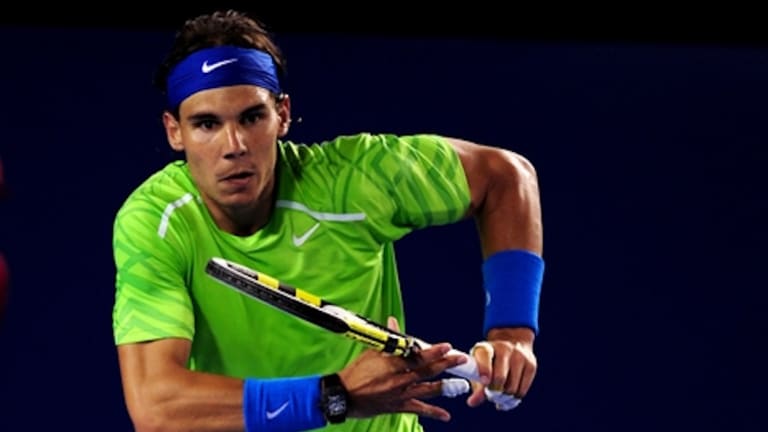
The Rafael Nadal-Roger Federer story, as told in 10 classic contests
© EMPICS Sport
Advertising
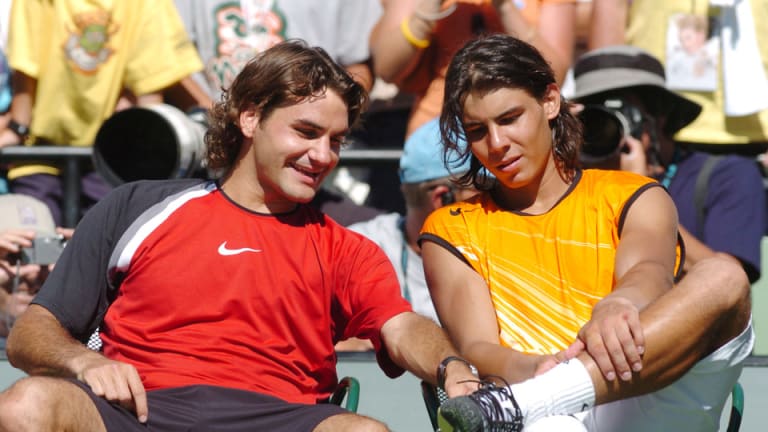
The Rafael Nadal-Roger Federer story, as told in 10 classic contests
© AP
Advertising
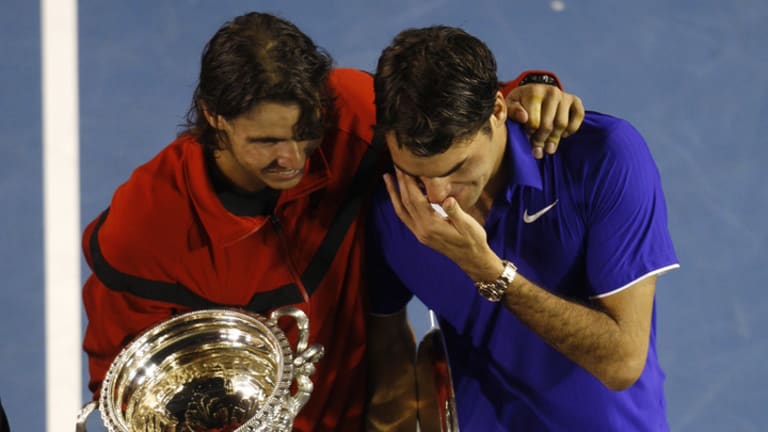
The Rafael Nadal-Roger Federer story, as told in 10 classic contests
© AP
Advertising
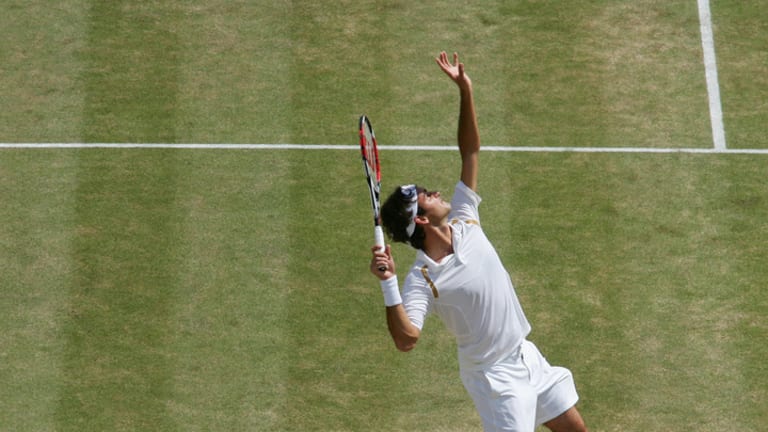
The Rafael Nadal-Roger Federer story, as told in 10 classic contests
© AP
Advertising
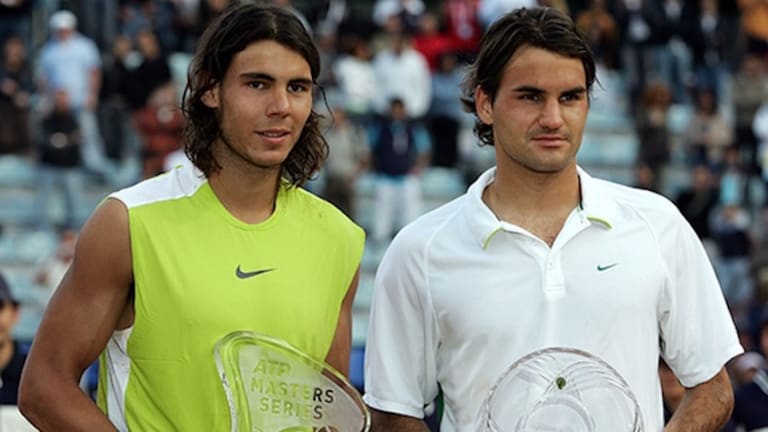
The Rafael Nadal-Roger Federer story, as told in 10 classic contests
Advertising
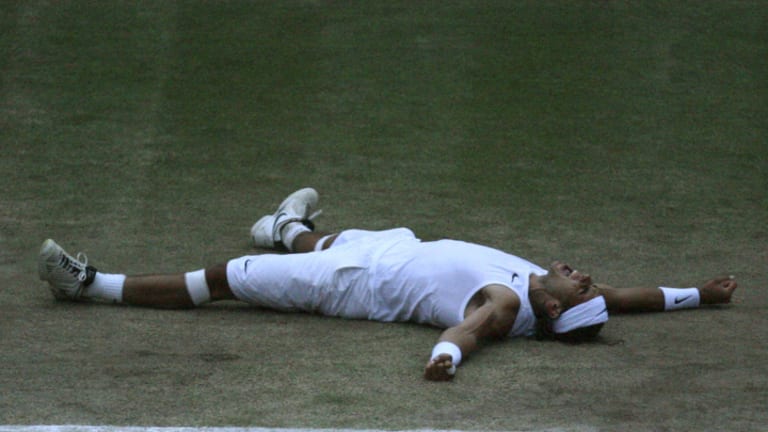
The Rafael Nadal-Roger Federer story, as told in 10 classic contests
© AP